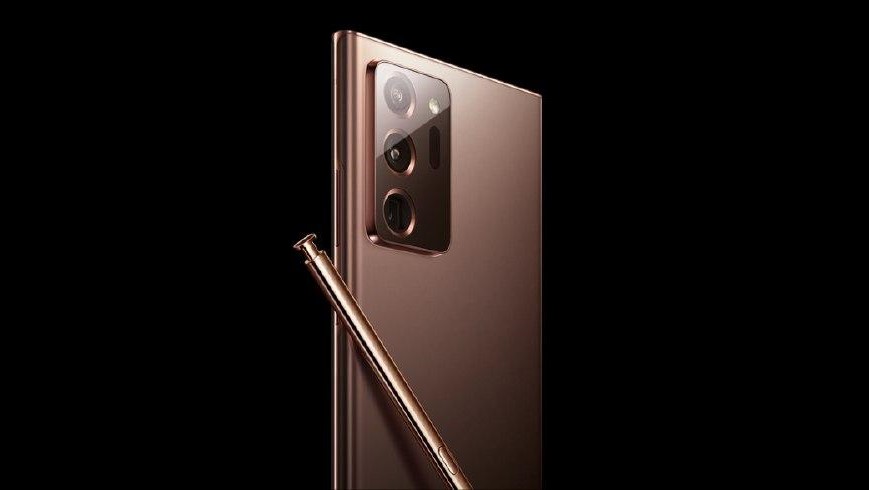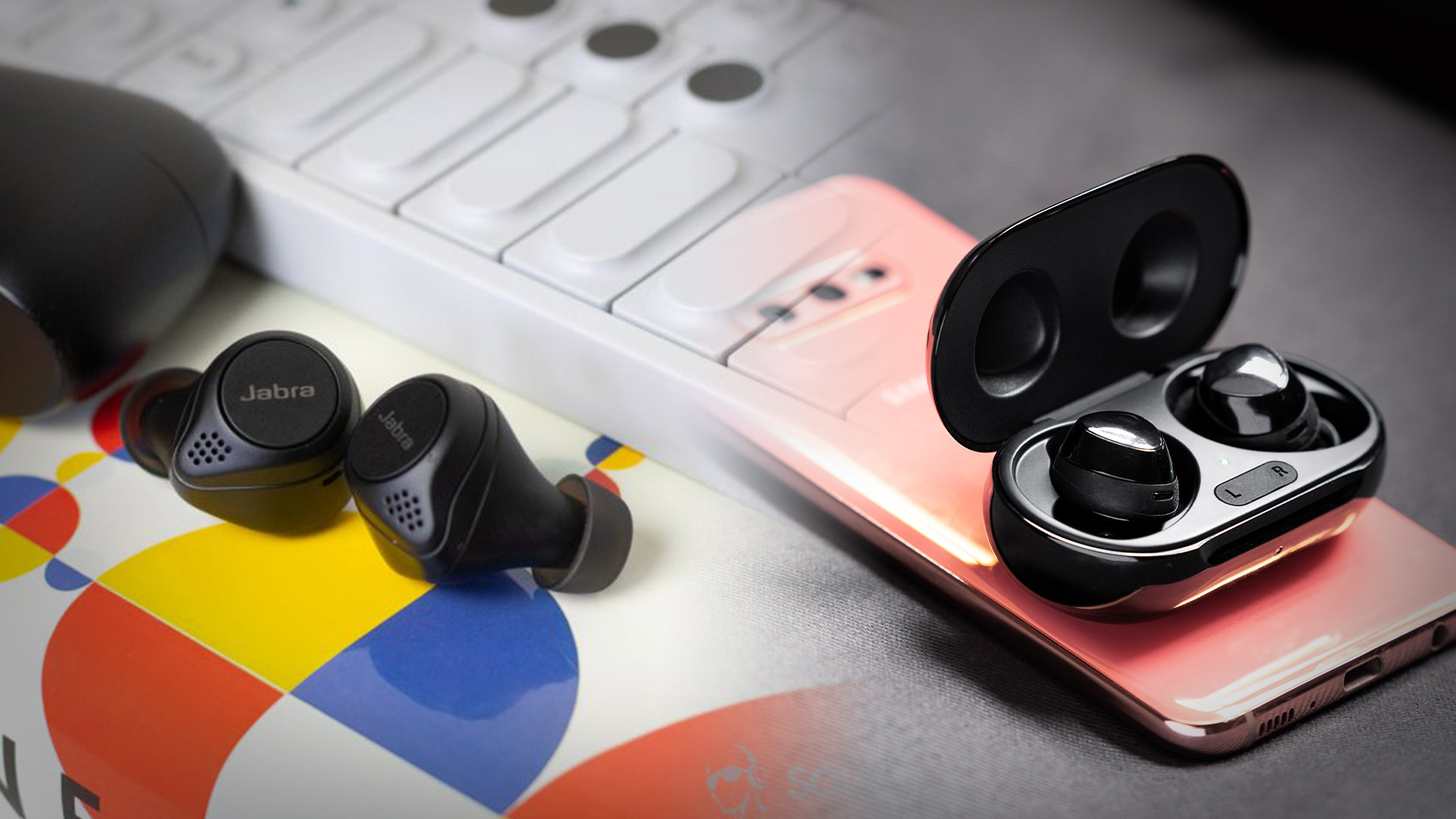Sharing music can be a great experience, but no one wants to use a friend’s unkempt earbuds. Samsung Dual Audio Bluetooth lets users share audio from a single Samsung device to two wireless headsets. Now, time to breakdown how to set up Dual Audio and discuss its benefits.
What is Samsung Dual Audio?
Samsung Dual Audio lets you connect two Bluetooth headphones to one Samsung device, thereby allowing two friends, siblings, or partners to share in a synchronized listening or viewing experience. This dual Bluetooth feature made its smartphone debut with the Samsung Galaxy S8 series, and has remained a hushed mainstay ever since. This multi-device Bluetooth feature has been around for over a decade on Samsung devices, and may be traced back to the Samsung G600 slider phone.
How to use Samsung Dual Audio with dual Bluetooth headphones
In order to enable Samsung’s Dual Audio feature on your device, you must first pair each device to the desired Samsung Galaxy device.
- Open your device’s Settings.
- Go to Connections; this will be the first tab on a Samsung Galaxy S10e running Android 10, One UI version 2.1.
- Tap Bluetooth and turn the slider to On.
- Enter Bluetooth pairing mode from your Bluetooth headset. This often requires you to press and hold the Bluetooth headphones’ power button until an LED flashes. True wireless earbuds often require you to remove both earbuds from the case simultaneously. If your headset’s pairing process deviates from the norm, refer back to the included paperwork.
- Pull down your phone’s notification shade, and tap Media.
- Check the devices you want to use for listening. You can always disable playback on a device from the Media page at any time.
When you enable Dual Audio sharing from your Samsung smartphone, the program allows you to adjust volume levels of each headset. This option is appreciated as you don’t want to accidentally blast your friend with a high decibel output that could potentially damage her hearing, or at minimum disorient her.
More handsets should support dual audio Bluetooth functionality
The benefits to dual audio output is clear: you can share a video or music with a friend without having to physically share a pair of earbuds, which can be unsanitary even if they’re frequently cleaned. Plus, it physically tethers you close together which isn’t really the best thing to be doing right now. It goes beyond entertainment purposes though: this is a great way to listen to the same motivational tracks while working out with a friend, or to engage in a podcast together. One of my favorite things about Samsung Dual Audio is how it benefits hearing impaired listeners.
It can be frustrating for those who are hard of hearing to watch a quick YouTube video with their children: their kids may be able to hear dialogue at low volumes, while the parent requires a much louder output. If the child is content with the volume levels, the parent may be left aggravated that she can’t hear half of what’s being said. Alternatively, if the parent is pleased with the volume output, the child may feel frustrated by how fatigued they are by the speaker’s loudness. A great way to negotiate this is by way of Samsung Dual Audio: two headsets with two varied volume levels connected to a single device.
Next:Â Best headphone deals
This may seem a small thing to those of us who have undamaged hearing, but it can make a world of difference for those who are tired of missing half of a conversation or show dialogue because those around them can hear without issue.
Other frequently asked questions
Q: How does Dual Audio different from Bluetooth multipoint?
A: Bluetooth multipoint and Dual Audio facilitate inverse functionalities: the Bluetooth multipoint lets a single pair of wireless earbuds connect to two or more source devices at a time (e.g. smartphone and laptop), while the latter allows a single source device to send audio to two receiving headsets simultaneously.
Q: Is there a lag in audio between the headsets?
A: While multi-device Bluetooth audio sharing is great, it isn’t perfect: yes, when I was testing headsets there was always a slight lag in playback from one to another. It was minimal though (< 0.5s), and wasn’t distracting for my friend and me.
Q: Does Bluetooth codec support matter when using Dual Audio?
A: Bluetooth codec support matters when you want to reduce latency, but even when streaming over optimal high-quality Bluetooth codecs, there was a minor delay between headsets. I experimented with various combinations of the Samsung scalable codec, AAC, LDAC, and aptX and the delay was prevalent no matter what.
Q:Â Can send audio to a pair of earbuds and speaker, or does it only work with earbuds and headphones?
A: Yes, you can send audio from a compatible Samsung device to a pair of earbuds and a Bluetooth speaker, or to dual Bluetooth speakers.
Q: Will automatic ear detection with the Samsung Galaxy Buds and Samsung Galaxy Buds Plus still work when using Dual Audio?
A: Yes, media playback will still automatically pause when one listener removes their Samsung Galaxy Buds Plus from her ears. In order to resume playback, the listener will have to reinsert the earbuds, and tap play from the Samsung Galaxy smartphone screen or via the true wireless earbuds’ onboard touch controls.
Q: Can I output audio to two Bluetooth headphones on Android no matter the device?
A: Unfortunately, not all Android devices support a feature like Samsung Dual Audio; though, virtually all Android smartphones can connect to two devices simultaneously. For instance, the Google Pixel 4 can connect to two Bluetooth headsets simultaneously, but can only output audio to one at a time. According to a Google product expert, users must download a third-party app (e.g. Bose Connect) to output audio to multiple wireless devices. Even then, there are limitations; in the case of the Bose Connect app, both receiving devices must be Bose products like the Bose SoundSport Free and Bose Noise Cancelling Headphones 700.
Q: Do iPhones also have dual audio functionality?
A: Yes, users can share audio with Apple and Beats series headphones from an iPhone or iPad (iOS 13.1 and iPadOS 13.1 and later). In order to do so, your Apple headset should already be connected to the iPhone. Then, bring your friend’s headset AirPods case close to your iPhone and open the case. Click Temporarily Share Audio, and follow the prompts. To share audio with a Beats product, users must hold the power button on their headset for about one second. Move the Beats headset close to the iphone and tap Temporarily Share Audio. This works with the Beats Powerbeats, Beats Powerbeats Pro, Beats Solo Pro, Beats Solo3 Wireless, Beats Powerbeats3 Wireless, BeatsX, Apple AirPods, and Apple AirPods Pro.











